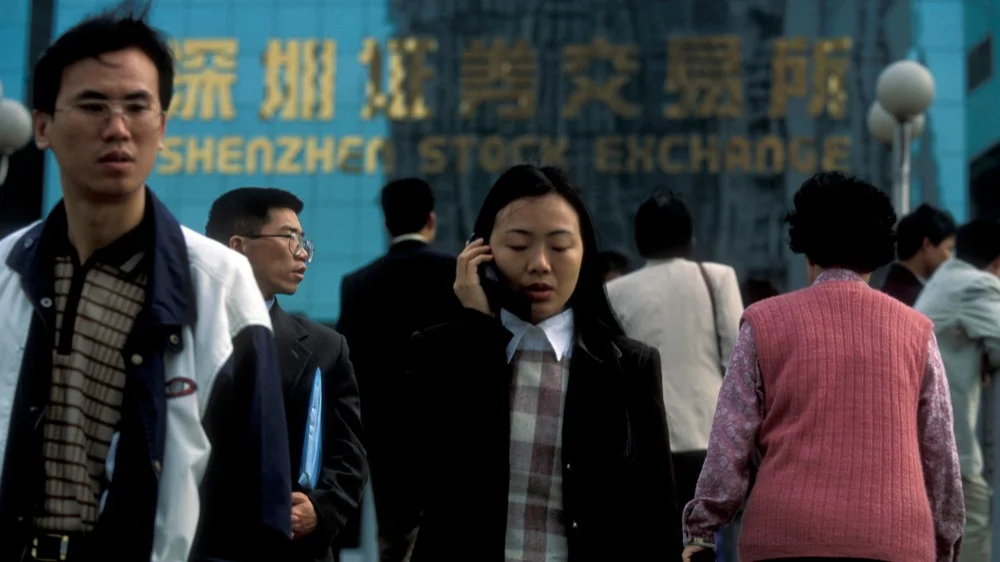Chinese bonds have lost appeal to foreign investors - Bloomberg
Since mid-2023, foreign investment in the Chinese equivalent of the lowest-risk U.S. debt securities has grown more than sixfold

A popular strategy that has long attracted foreign capital into Chinese debt securities has lost its meaning, writes Bloomberg. Since the mid-2023s, investors from overseas have made good money on the interest rate differential between China and the U.S. with minimal risk. But in recent months, the U.S. currency has weakened, and with it, interest in dollar-yuan currency swaps that made Chinese bonds particularly lucrative.
Details
The cumulative yield for foreign investors who exchanged dollars for yuan and then bought 12-month Chinese certificates of deposit (NCDs) fell to 4% this week, Bloomberg calculated. As a result, their yield premium over the lowest-risk U.S. debt securities - Treasury bills - disappeared for the first time since February 2023.
Previously, this strategy generated such high returns that foreign investment in Chinese NCDs has increased more than sixfold since mid-2023. At the peak of this strategy's popularity - in the summer of 2024 - hedge funds were earning up to 6% per annum on a combination of NCD interest rates and the favorable exchange of dollars into yuan. The yield premium on US Treasury bills was as high as 130 basis points.
However, the strategy began to lose its attractiveness in 2025 due to the weakening dollar. In May, non-resident positions in Chinese bonds declined by 6%, the first capital outflow in six months.
What analysts are saying
Swap deals involving exchanging dollars for yuan and buying Chinese short-term bonds are speculative in nature and may be phased out once the benefits of such a scheme diminish, Warned Frances Cheng, head of foreign exchange and interest rates at Oversea-Chinese Banking. Capital outflows probably continued in June and July as new NCD issues matured and investors probably did not re-deploy funds, she added.
Context
U.S. Treasury yields will fluctuate in a narrow range in the coming months, according to most debt strategists polled by Reuters. In trading on July 17, Treasury yields jumped after the release of strong macro data, but the rise was short-lived as rates soon returned to levels already usual for Wall Street.
This article was AI-translated and verified by a human editor
